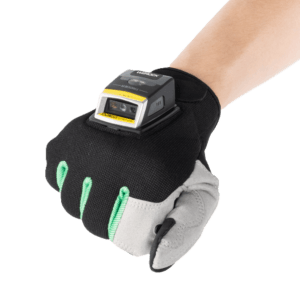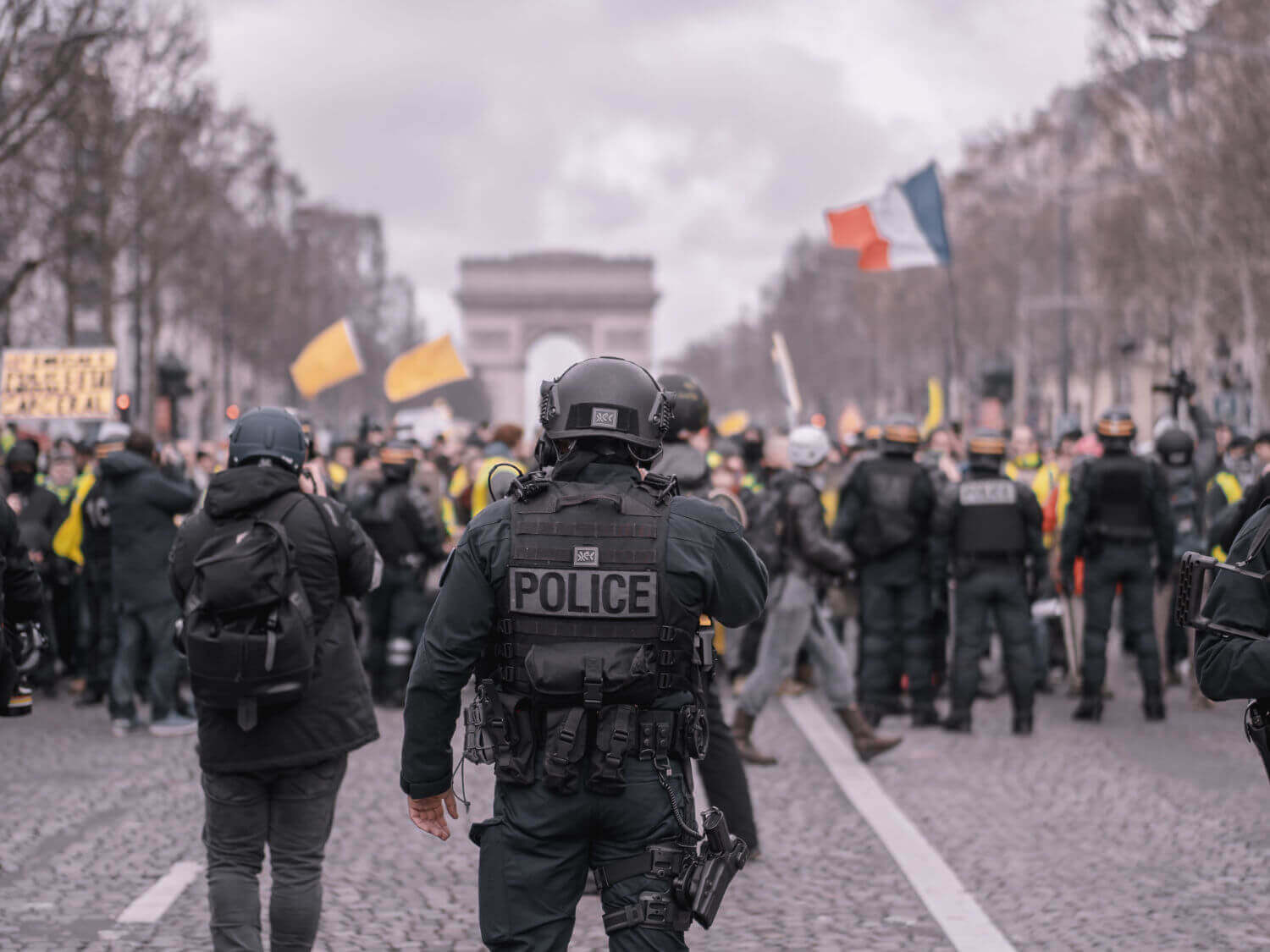You can also have this article read to you:
Not only in Germany, but throughout Europe, a worrying trend is becoming apparent: railway employees, police officers and security officials in many cities and regions are confronted with increasing violence and aggression.
Security and personal protection are two important features for a fear-free, functioning community. Fisticuffs, spitting and insults towards emergency services are now part of everyday life at demonstrations. If a trial is held, the perpetrator no longer wants to know about it and both statements are confronted. On the contrary, the defendant often objects that the event was preceded by disproportionate police violence and reports the offender for assault.
Violent situations are increasingly provoked at demonstrations by participants in order to film them and to share them in social media, torn out of context. The widespread use of body cams in the USA has shown that even a camera that is not switched on has a de-escalating effect in dealing with one another. It offers the police a safe possibility to document the events completely. But it is also clear that one or the other troublemaker will be impressed by a camera if he is filmed during his activities or insults.
Welfare of security forces
Safety first – Wearing bodycams with uniform wearers ensures greater safety and in many cases a low potential for violence. This is also reflected in the experience reports of the police of Thuringia and Baden-Württemberg.
Can a police officer or security service provider work more safely and with less risk by wearing a bodycam? At state level there are already positive experiences and more security. “Attacks on police officers are an expression of a hostile attitude towards the state and its monopoly on the use of force. They must not be tolerated under any circumstances. Anyone who takes the rap for our security on a daily basis deserves respect and recognition; our duty and obligation is to protect these people as best we can from all violence. By equipping our police patrols with the bodycam, we are setting an example and providing practical help: we are resolutely opposing a spiral of violence and disrespect for the forces of law and order, we want to stop it as effectively as possible. The bodycam is an important element in this process,” said Deputy Prime Minister and Minister of the Interior Thomas Strobl at the start of the state-wide introduction of bodycams at the Baden-Württemberg Police in Stuttgart.
Since 2013, the German police have been running pilot projects on the topic of body cams in police operations. Some German federal states have already gone into regular operation.
Is the police allowed to do too much?
While data protectionists talk about surveillance, citizens report higher security and do not mind if the police are equipped with a bodycam when on duty or on patrol. Can the police do too much here? Law scholars believe that the regulation of body cams and identity checks is unconstitutional. They consider the provisions of the police law to be far too vague and therefore “disproportionate”. Andreas Nachbaur, Professor of Law at the Police University in Villingen-Schwenningen, also thinks that the new planned legal framework for identity checks at major events goes too far: “There is no comparable regulation in another federal state,” he tells the Stuttgarter Nachrichten.
And yet, European personal rights and data protection regulations are among the strictest in the world. The application scenarios and exploitation possibilities of body cam videos are very sharp, especially in Germany. They may only be stored for a specific case and must be deleted in accordance with the DSGVO as soon as there is no longer a compelling reason for storage. However, escalating violence is becoming more and more frequent and it is becoming increasingly difficult to catch and identify perpetrators. With the recordings of a camera, investigators can work more reliably and evaluate situations faster. Bodycams are convincing here because of their clear recording under all light and weather conditions. In addition, they mark the time and place of the event at any time. The bodycam has a de-escalating effect and is also intended to help identify the perpetrator and clarify situations in the event of assaults.
Reliable evidence by day and night
Smartphone cameras outdo themselves with high image quality, and dash and action cameras also deliver pin-sharp video, especially in daylight. In contrast, body cams also deliver clear results at night. The image sensor has been developed for maximum contrast and also offers good results at night. The WEROCK Impakt BC200 Bodycam offers two additional infrared LEDs for pitch-black environments, which are automatically activated in the dark. When shooting with infrared light, videos and images are displayed in greyscale, which does not change the recognition of faces and the clear reproduction of situations.
The attachment to the uniform is always safe from falling or attempted theft. Various options such as a variety of clip holders, seam holders or a magnetic holder provide a secure hold on all textiles. A powerful rechargeable battery allows up to 12 hours of continuous shooting and is therefore also ideal for applications where a longer period of time is to be recorded and then played back. The recordings are double encrypted on the integrated memory card and can be quickly and easily transferred to the police computer after an operation.
Conclusion
If a criminal does not allow himself to be dissuaded from his crime by the body cam, he is convicted at the latest after the video recording and must admit his offences. Even though data protectionists warn that bodycams are another step towards total surveillance, there is no denying that bodycams increase security in police operations and security services.











